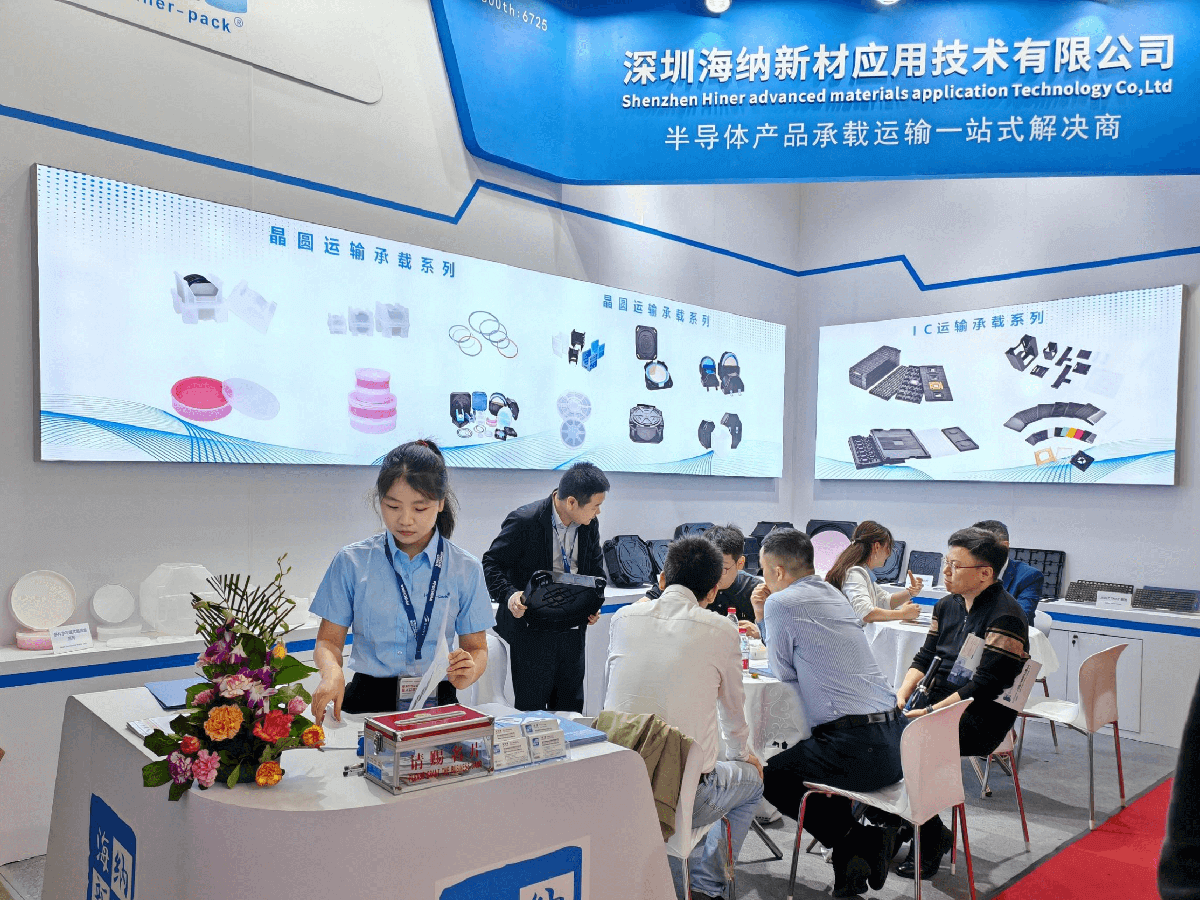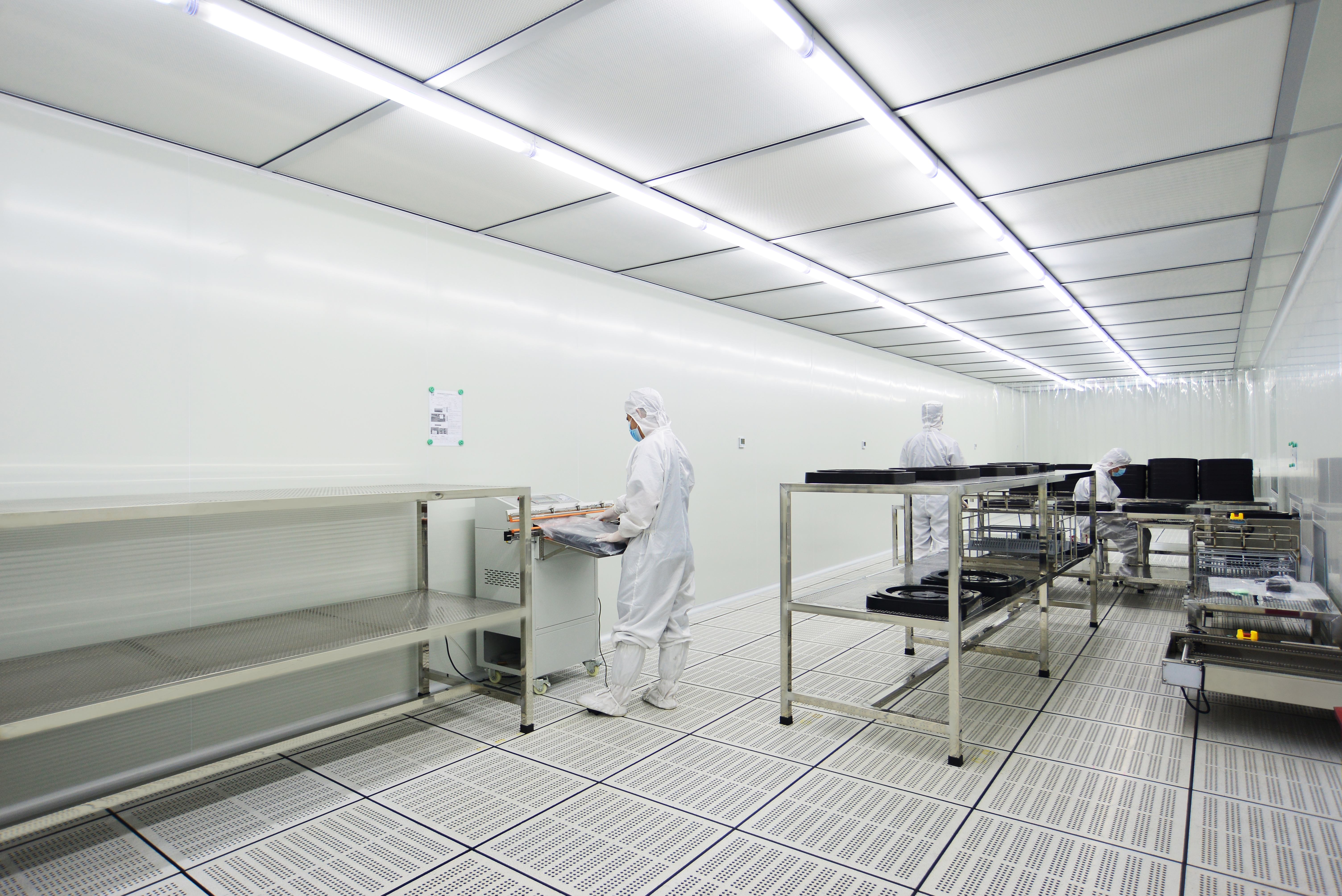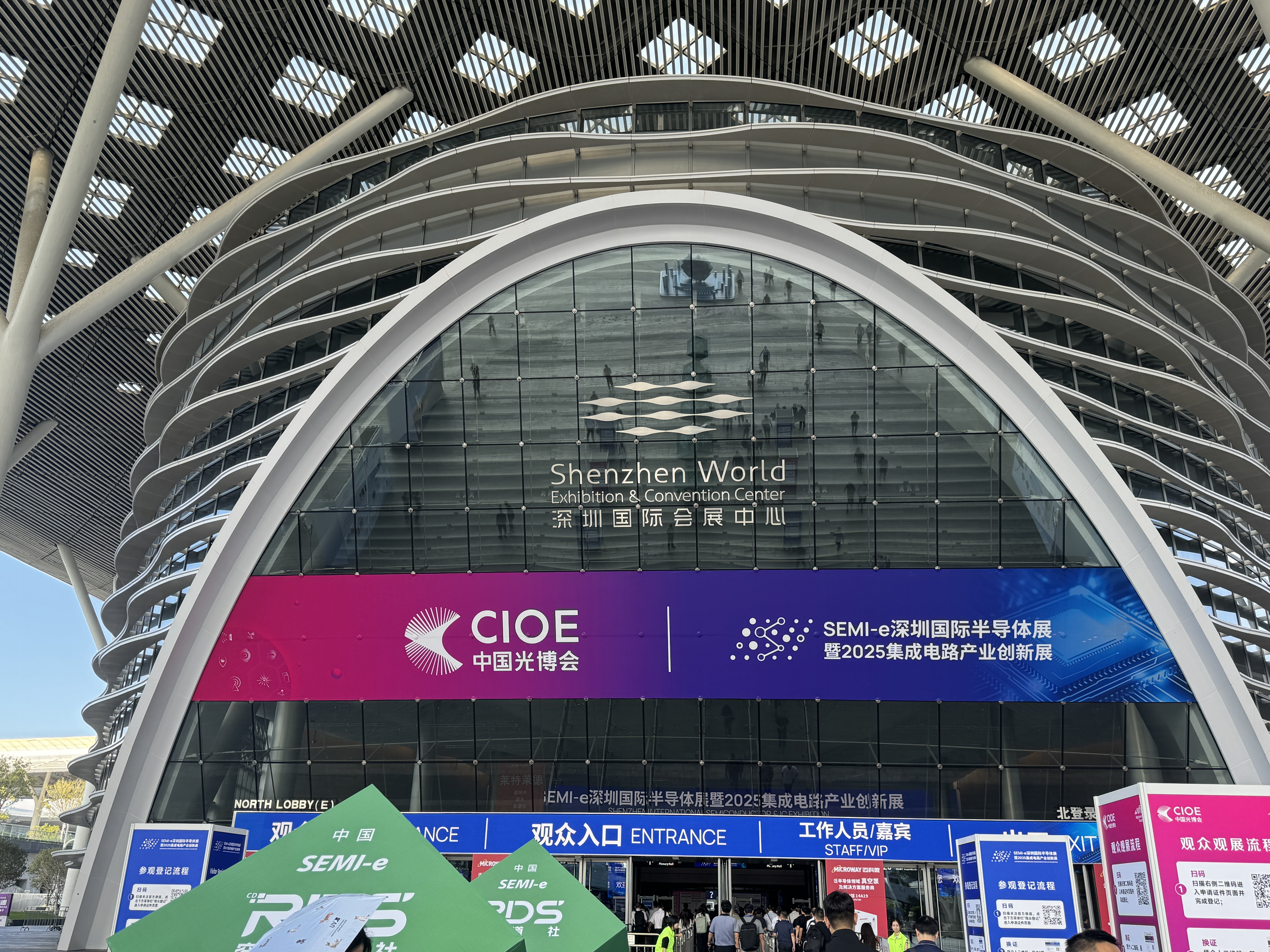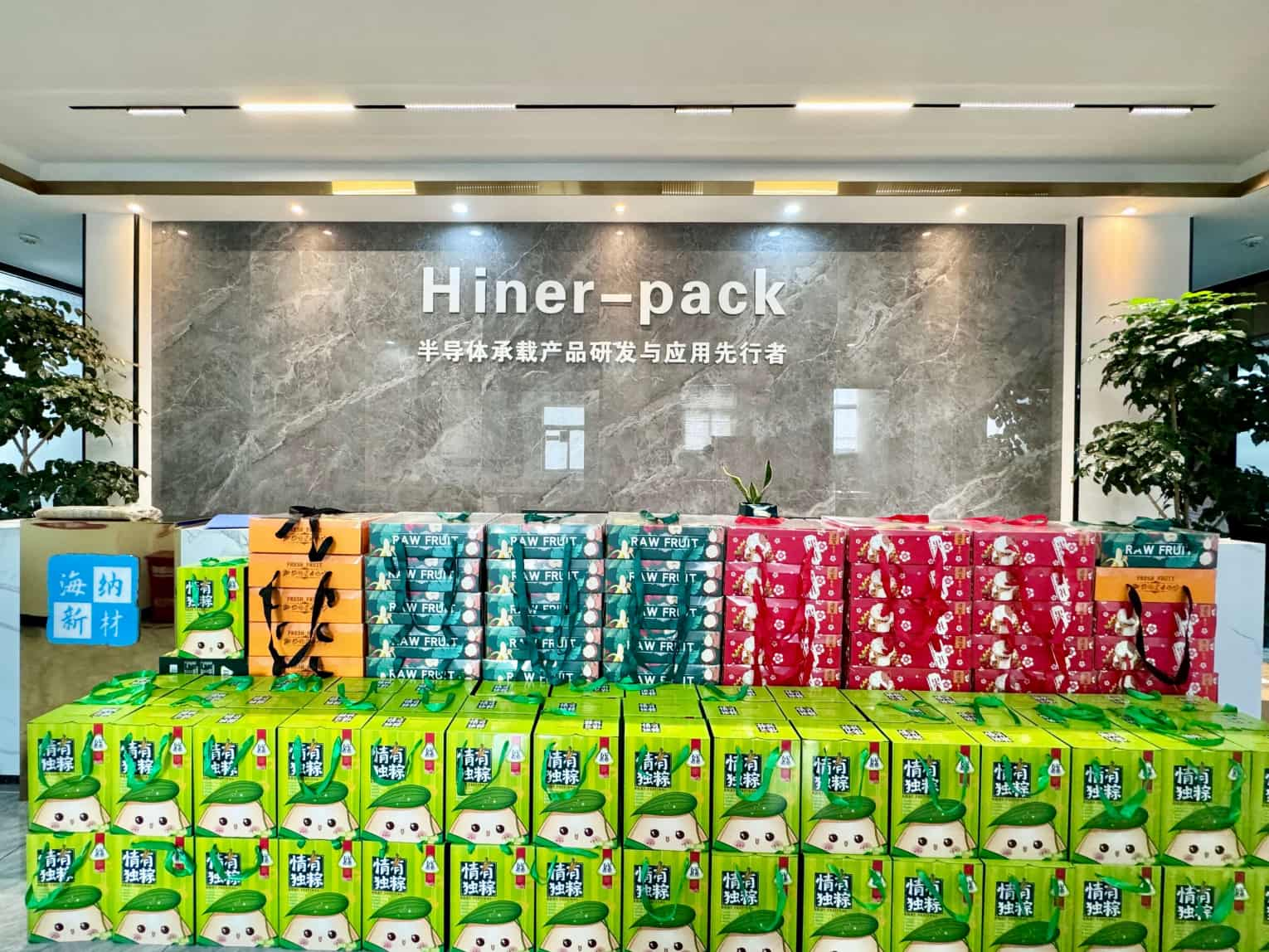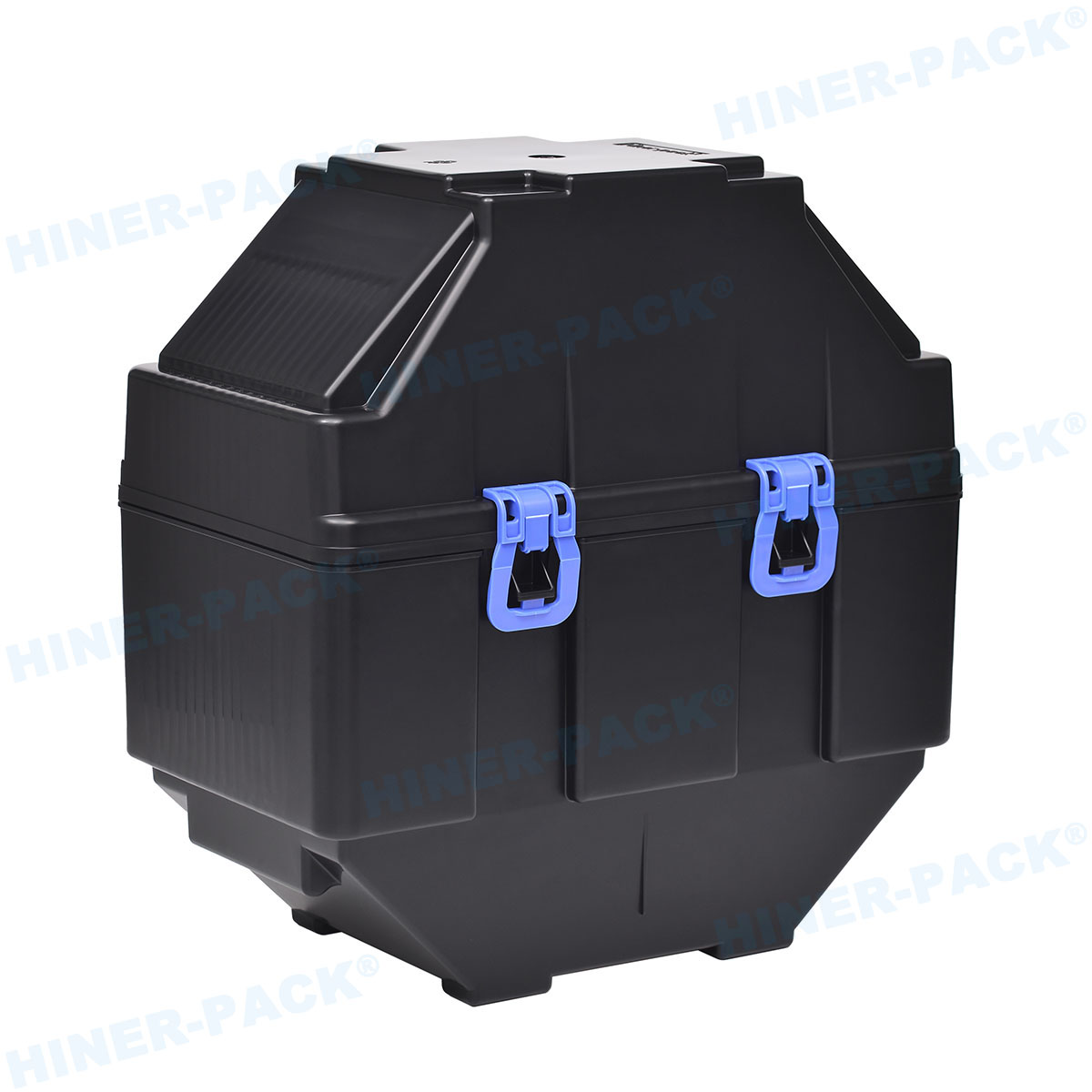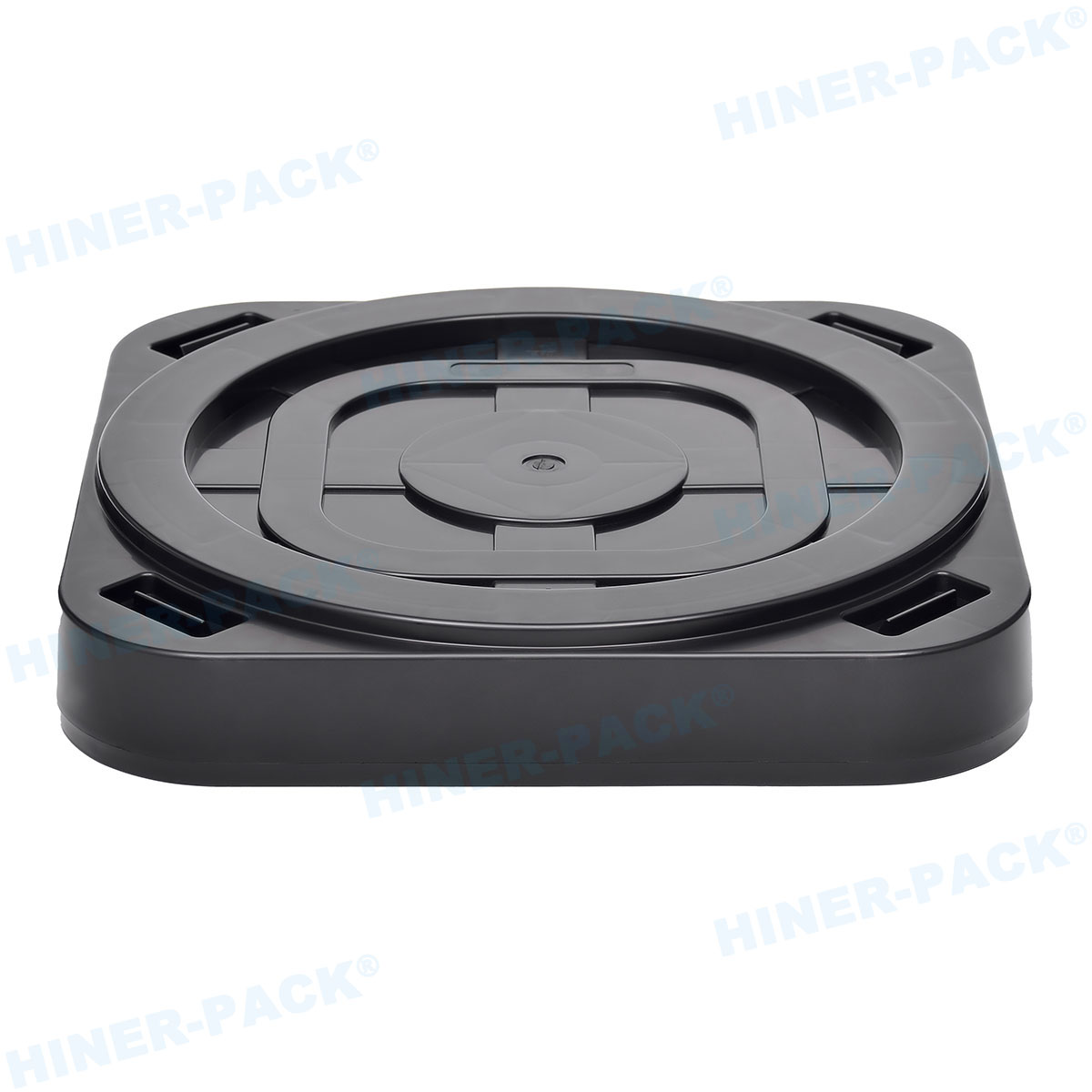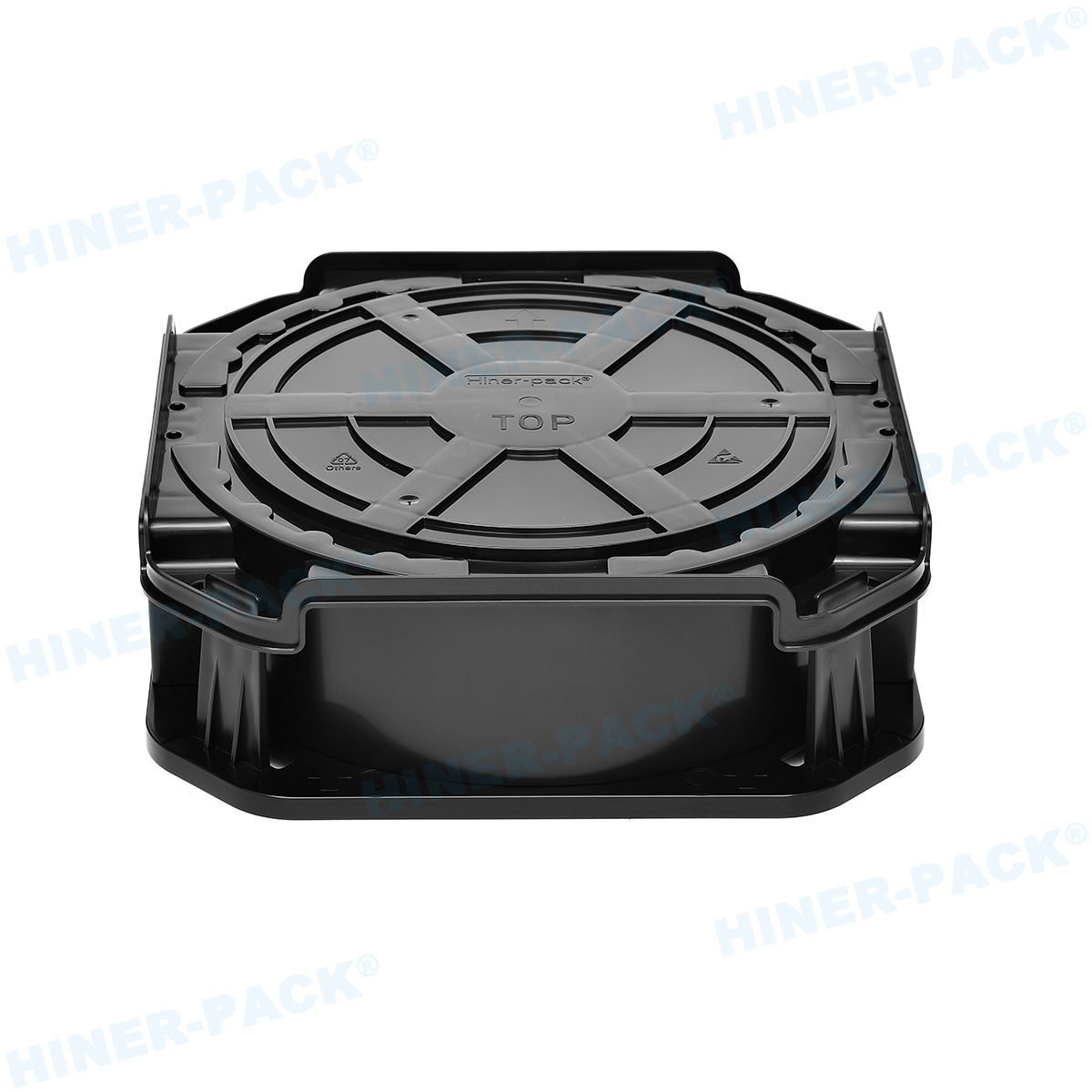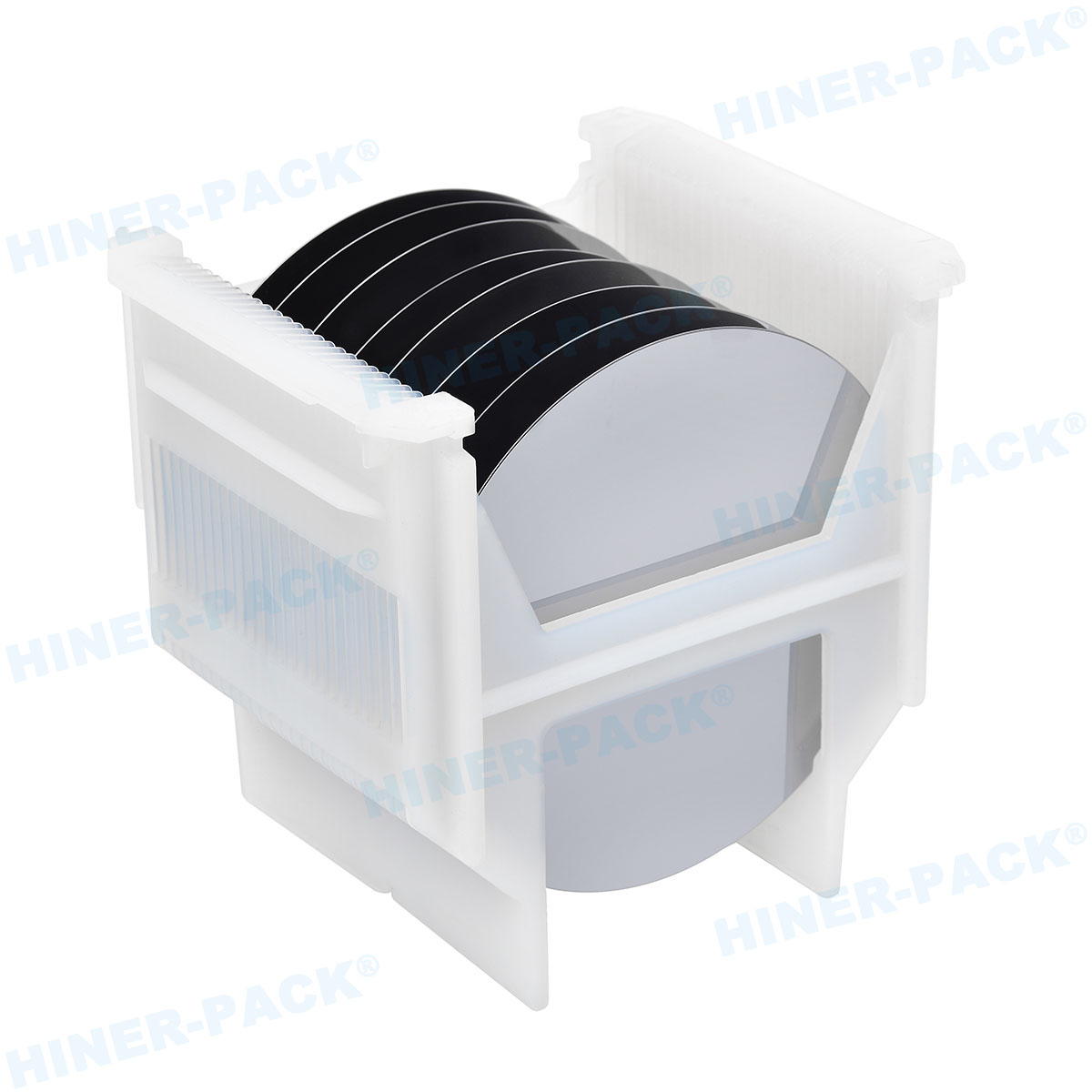In the intricate ecosystem of a semiconductor fab, contamination is the enemy. Every component that interacts with a silicon wafer must be scrutinized for its potential to introduce particles, metallic ions, or molecular contaminants that can devastate yield. Among these critical components, the process cassette plays a fundamental yet often underestimated role. While various plastics are used, Perfluoroalkoxy alkane (PFA) has emerged as the material of choice for the most demanding wet process applications. However, not all PFA process cassette units are created equal. The difference between a standard offering and a meticulously engineered PFA process cassette can be measured in yield percentage points.
This article breaks down the five essential considerations your team must evaluate when specifying a PFA process cassette, ensuring it protects your wafers through aggressive chemical baths and ultra-pure water rinses without becoming a source of failure itself.
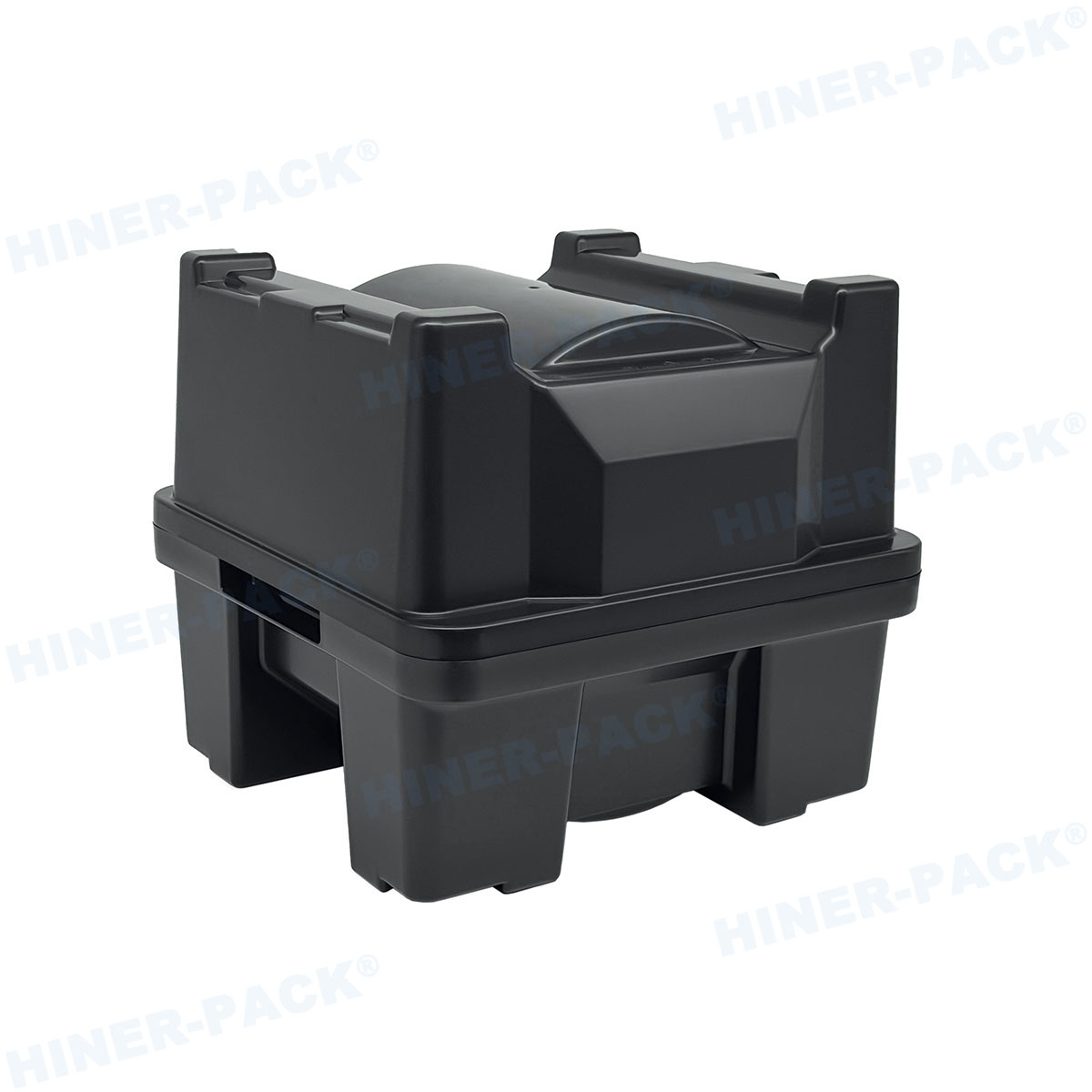
Why PFA? The Unmatched Material Advantage in Wet Benches
The selection of PFA isn't arbitrary; it's a direct response to the harsh realities of wafer cleaning and etching processes. A PFA process cassette is specifically designed to withstand environments that would degrade or contaminate lesser materials.
The core material properties of PFA that make it indispensable include:
Exceptional Chemical Purity and Resistance: PFA is inherently pure from the polymerization process and offers superb resistance to virtually all aggressive chemicals used in fabs, including hot sulfuric acid (H₂SO₄), hydrofluoric acid (HF), hydrochloric acid (HCl), ammonium hydroxide (NH₄OH), and hydrogen peroxide (H₂O₂). It does not swell, crack, or leach additives.
Low Leachables and Extractables: High-quality PFA resins have extremely low levels of extractable metallic ions (e.g., Potassium, Sodium, Calcium, Iron) and anionic impurities. This prevents the cassette from being a source of contamination in the chemical bath.
High-Temperature Stability: A PFA process cassette can consistently operate at temperatures exceeding 150°C, which is critical for processes like SC1 and SC2 cleaning (RCA clean) that are performed at elevated temperatures.
Excellent Non-Stick Properties: The low surface energy of PFA minimizes particle adhesion and facilitates easier cleaning of the cassette itself, reducing the risk of cross-contamination between batches.
Beyond the Material: Critical Design Elements of a PFA Cassette
Assuming the material is correct is only the first step. The physical design of the PFA process cassette is equally critical for performance and integration.
Wafer Pitch and Retention: The spacing between wafer slots must be precise to prevent wafers from touching each other, which can cause mechanical damage and inhibit fluid flow. The retention mechanism—often a slight lip or clip design—must be secure enough to hold wafers during rapid vertical transfers but gentle enough to prevent scratching or stress.
Drainage and Flow-Through Design: A poorly designed cassette can trap chemicals or create air pockets, leading to uneven etching or cleaning. A superior PFA process cassette will feature open architectures, strategically placed weirs, and sloped bases to ensure complete, rapid drainage and uniform chemical exchange across every wafer surface.
Structural Integrity and Rigidity: While PFA is a robust material, the cassette's design must provide sufficient rigidity to prevent bowing or deformation when fully loaded with wafers, especially at high temperatures. Reinforced ribs and a robust frame are hallmarks of a well-engineered product.
The Need for Customization: When a Standard PFA Process Cassette Isn't Enough
While standard 200mm and 300mm cassettes are commodity items, many fabrication processes require a tailored approach. A customizable PFA process cassette becomes necessary when facing unique challenges.
Common scenarios demanding customization include:
Non-Standard Wafer Sizes: Handling 150mm legacy wafers, 450mm substrates for R&D, or irregularly shaped compound semiconductor wafers.
Specialized Process Requirements: Applications requiring unique handling features, specific thermal expansion compensation, or integration with proprietary automation.
Optimizing for Specific Tools: Ensuring perfect compatibility with a particular brand of wet bench or single-wafer cleaning tool may require slight modifications to the cassette's tooling holes or external dimensions.
Companies like Hiner-pack specialize in collaborating with fabs to develop a customizable PFA process cassette that addresses these unique needs, providing a solution where off-the-shelf products fall short.

Automation Compatibility: Ensuring Seamless Fab Integration
A cassette does not exist in isolation; it is a key component in an automated material handling system (AMHS). The design of the PFA process cassette must account for this integration.
Precision Tooling Features: The cassette must have accurately molded tooling holes, gripper ledges, and alignment notches that interface flawlessly with robotic end-effectors on overhead transport (OHT) systems and wafer handling robots.
SEMI Standard Compliance: For standard sizes, compliance with relevant SEMI standards (e.g., SEMI E1.2 for 150mm, E1.9 for 200mm, E1.15 for 300mm) is a baseline requirement. This ensures interoperability across different equipment from various manufacturers.
Weight and Balance: The cassette must be designed for optimal weight distribution to ensure stable and reliable robotic picking and placing, minimizing the risk of misprocessing or dropped wafers.
Long-Term Performance: Durability, Cleanability, and Lifetime Cost
The initial purchase price is a small part of the total cost of ownership. A high-quality PFA process cassette should be viewed as a long-term asset.
Durability and Reusability: A well-manufactured PFA process cassette from a brand like Hiner-pack can withstand hundreds, if not thousands, of process cycles. Resistance to stress cracking and mechanical wear is paramount.
Cleanability: The cassette should be easy to decontaminate. Its design should allow for efficient cleaning in dedicated tools, with geometries that do not trap particles or residues, ensuring a long and reliable service life.
Traceability: For high-value processes, cassettes can be laser-marked with unique serial numbers. This allows fabs to track the usage history, cleaning cycles, and performance of individual cassettes, enabling predictive maintenance and superior process control.
Selecting the right PFA process cassette is a technical decision with direct financial implications. By focusing on material quality, intelligent design, customization potential, automation readiness, and long-term value, you can ensure this critical component becomes a reliable guardian of your wafer yield, not a liability.
Frequently Asked Questions (FAQs)
Q1: How does a PFA process cassette differ from one made of PTFE (Teflon®) or PP (Polypropylene)?
A1: While PTFE offers similar chemical resistance, PFA is often preferred for injection molding complex shapes like a PFA process cassette with higher consistency and better structural integrity. PP is far less chemically resistant and cannot withstand high temperatures or aggressive acids like HF, making it unsuitable for many key wafer cleaning steps.
Q2: What is the typical lead time for a custom PFA process cassette order?
A2: Lead times vary based on complexity. A simple modification to an existing mold might take 6-8 weeks. A completely new customizable PFA process cassette design requiring new mold fabrication, sampling, and qualification can take 14-22 weeks. A detailed project plan should be established with your supplier, like Hiner-pack, from the outset.
Q3: Can you certify the purity and low extractables of your PFA resin?
A3: Yes, reputable manufacturers should provide full material certification data sheets for the raw PFA resin. This includes data on metallic ion content, anionic impurities, and total organic carbon (TOC). They should also be able to provide extractables test data from the finished PFA process cassette upon request.
Q4: We are experiencing wafer chipping at the notch. Can this be addressed with a custom design?
A4: Absolutely. Notch-area chipping is a common issue that can be mitigated through a customizable PFA process cassette design. Engineers can modify the wafer slot geometry in the notch region to provide additional clearance or a softer contact point, effectively eliminating this specific failure mode.
Q5: What is the expected lifetime of a high-quality PFA process cassette, and what are the common failure modes?
A5: With proper handling and cleaning, a high-quality PFA process cassette from a trusted supplier can last for several years and thousands of cycles. Common failure modes are not typically catastrophic breaks but are rather performance-related: gradual particle generation from surface wear, permanent deformation from thermal stress or improper handling, and a slow increase in extractables over time. Regular inspection and monitoring are recommended.



